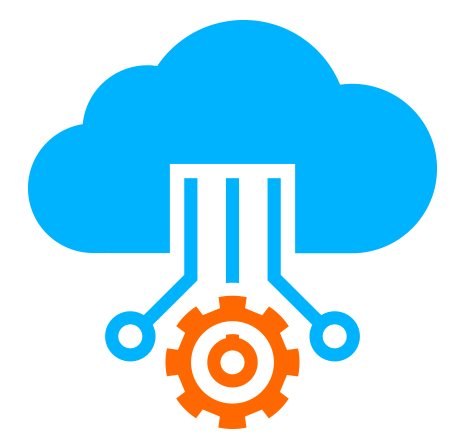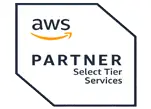 Server
Colocation
Server
Colocation
 CDN
Network
CDN
Network
 Linux Cloud
Hosting
Linux Cloud
Hosting
 VMware Public
Cloud
VMware Public
Cloud
 Multi-Cloud
Hosting
Multi-Cloud
Hosting
 Cloud
Server Hosting
Cloud
Server Hosting
 Kubernetes
Kubernetes
 API Gateway
API Gateway

The rapid evolution of cloud computing has redefined how enterprises manage and secure their data and applications. As organizations move mission‑critical workloads to the cloud, ensuring robust security becomes paramount. In today’s digital landscape, enterprise cloud security hinges on three key pillars: Identity and Access Management (IAM), advanced encryption techniques, and strict compliance adherence. Together, these elements form a comprehensive security architecture that not only protects data but also supports agile business operations.
Traditional security measures are no longer sufficient in a world where data is distributed across multiple cloud environments. Modern enterprises require a security framework that addresses dynamic threats while providing seamless access to resources. Cloud security must be embedded at every level—beginning with user authentication, continuing through data encryption, and culminating in adherence to industry regulations. This convergence is critical for mitigating risks and ensuring that enterprises can leverage cloud scalability without compromising on safety.
IAM is the cornerstone of any robust cloud security strategy. It governs who can access cloud resources and under what conditions, ensuring that only authenticated and authorized users can interact with sensitive data. Key innovations in IAM include:
Multi‑Factor Authentication (MFA): Enhances security by requiring additional verification beyond just a password.
Role‑Based Access Control (RBAC): Limits access based on user roles, ensuring adherence to the principle of least privilege.
Continuous Monitoring and Auditing: Proactively identifies anomalous behavior, allowing for swift response to potential breaches.
By implementing granular IAM policies and leveraging cloud‑native identity management tools, enterprises can minimize insider threats and unauthorized access.
Encryption plays a vital role in protecting sensitive data within enterprise cloud environments. With data continuously moving between on‑premises systems and cloud platforms, robust encryption methods are essential for maintaining confidentiality and integrity. Best practices include:
End‑to‑End Encryption: Secures data from the moment it is generated until it reaches its destination, preventing interception during transit.
Advanced Encryption Standards: Adoption of AES‑256 and similar algorithms ensures strong protection for data at rest.
Effective Key Management: Centralized control over cryptographic keys is critical. Automated key rotation and secure cloud storage practices help prevent unauthorized decryption.
By integrating encryption seamlessly into cloud workflows, organizations can protect their digital assets even if other security measures are compromised.
In today’s global regulatory environment, compliance is a non‑negotiable aspect of cloud security. Enterprises must navigate complex requirements such as GDPR, HIPAA, and PCI‑DSS. Ensuring compliance involves:
Automated Compliance Monitoring: Continuous auditing tools and dashboards that alert administrators to policy deviations in real‑time.
Regular Vulnerability Assessments: Routine assessments help in identifying and addressing potential compliance gaps before they become critical.
Policy‑Driven Security Frameworks: Establishing a robust set of security policies that align with regulatory standards is essential for maintaining legal and operational integrity.
A proactive approach to compliance not only mitigates legal and financial risks but also builds trust with customers and partners.
Successful enterprise cloud security architectures integrate IAM, encryption, and compliance into a unified framework. Key practices include:
Adopting a Zero‑Trust Security Model: Trust no user or device by default and verify continuously.
Implementing Micro‑Segmentation: Isolates network segments to prevent lateral movement in the event of a breach.
Leveraging Cloud‑Native Security Tools: Automates policy enforcement and provides a centralized management console for end‑to‑end visibility.
These practices ensure that the cloud environment remains resilient, agile, and secure against evolving threats.
Enterprise cloud security is an intricate, multi‑layered discipline that demands a balanced approach—integrating sophisticated IAM solutions, robust encryption protocols, and stringent compliance measures. As organizations strive to secure their cloud infrastructure, staying ahead of emerging threats and regulatory changes is critical. For enterprises looking to enhance their cloud security posture, partnering with a trusted provider can make all the difference. Providers such as Cyfuture Cloud offer cutting‑edge managed security services that combine innovation with proven expertise, enabling organizations to safeguard their data while supporting agile, scalable operations.

Let’s talk about the future, and make it happen!
By continuing to use and navigate this website, you are agreeing to the use of cookies.
Find out more


